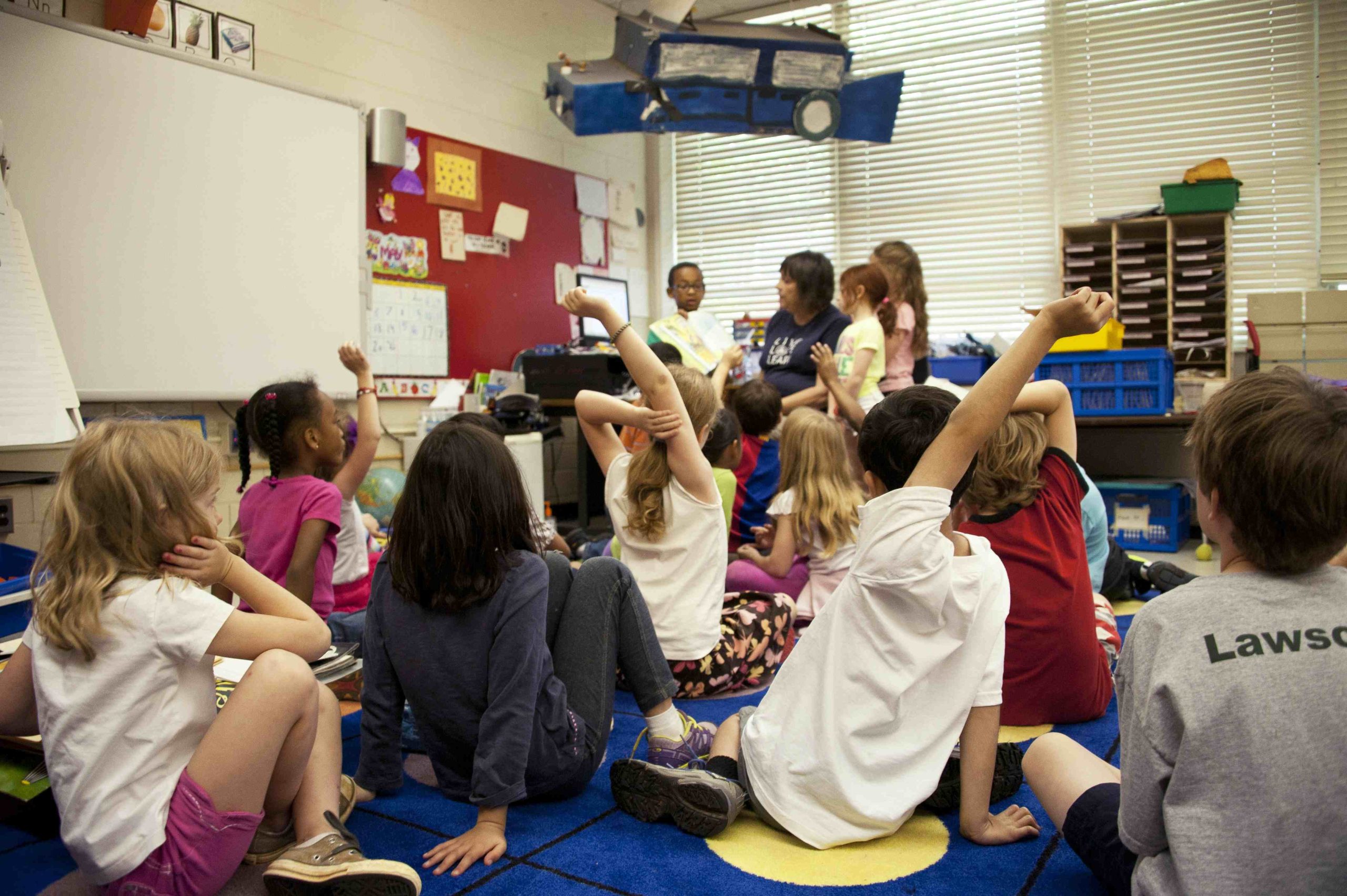
Phonics Showdown: The Battle of Phonics Methods for Preschoolers
Phonics is an essential part of early education. There are numerous methods of teaching phonics, but which is most effective for preschoolers? With so many approaches, determining the best method for young learners can be challenging. In this article, we’ll explore various phonics methods to find out which one comes out on top in the Phonics Showdown.
The Synthetic Phonics Method
The Synthetic Phonics method is systematic and explicit, focusing on the relationship between sounds and letters. Widely used in the UK, it emphasizes teaching preschoolers to read words by sounding them out. This approach utilizes a range of activities to help preschoolers learn phonetic rules quickly and effectively.
The Analytic Phonics Method
The Analytic Phonics method teaches preschoolers to recognize whole words. Emphasizing context clues, it’s based on the belief that preschoolers learn to read by connecting sounds of words with meanings. Widely used in the US, it may not be as effective as Synthetic Phonics, but works well for some learners.
The Embedded Phonics Method
The Embedded Phonics method combines Synthetic and Analytic Phonics. Using a variety of activities like word games and phonemic awareness exercises, it’s flexible and can be adapted to meet individual needs. While effective, it may not match the effectiveness of Synthetic Phonics.
The Whole Language Method
The Whole Language method emphasizes context and meaning over individual sounds. Based on the idea of natural learning, it teaches preschoolers to recognize whole words using context clues. However, it’s less effective than Synthetic Phonics, especially for struggling readers.
The Balanced Literacy Method
The Balanced Literacy method combines elements of various methods, including phonics games and whole-word recognition exercises. Flexible and adaptable, it aims to meet individual needs but may not match Synthetic Phonics’ effectiveness.
The Linguistic Phonics Method
The Linguistic Phonics method combines Synthetic and Embedded Phonics. Focusing on phonemic awareness and decoding skills, it shows promising results but lacks extensive research.
The Phonics First Method
The Phonics First method prioritizes phonics instruction. With structured lessons, it’s highly effective for struggling readers.
The Multisensory Phonics Method
The Multisensory Phonics method engages multiple senses. Effective for learners with disabilities, it improves phonemic awareness and decoding skills.
The Synthetic-Analytic Phonics Hybrid Method
The Synthetic-Analytic Phonics Hybrid method combines Synthetic and Analytic Phonics. Highly flexible, it’s effective for learners needing a balanced approach.
The Computer-Assisted Phonics Method
The Computer-Assisted Phonics method uses technology for instruction. Engaging and effective for tech-savvy learners, it improves decoding skills.
The Whole Language Method
The Whole Language method emphasizes context and meaning in reading instruction. While suitable for some learners, it’s less effective for struggling readers.
The Analytic Phonics Method
The Analytic Phonics method emphasizes recognizing whole words and syllables. Effective for some learners, it may lack emphasis on phonics rules for struggling readers.
The Embedded Phonics Method
The Embedded Phonics method teaches phonics in the context of reading and writing. Effective for learners with solid phonemic awareness, it may not suit those needing explicit instruction.
The Balanced Literacy Approach
The Balanced Literacy approach combines phonics and whole language instruction. Flexible and adaptable, it’s effective but may not match Synthetic Phonics’ effectiveness.
The Linguistic-Phonics Hybrid Method
The Linguistic-Phonics Hybrid method combines Linguistic Phonics with other approaches. Flexible and effective, it improves phonemic awareness and decoding skills.
The Multisensory Approach
The Multisensory approach engages all senses in phonics instruction. Effective for hands-on learners, it improves phonemic awareness and decoding skills.
The Synthetic-Analytic Phonics Hybrid Method
The Synthetic-Analytic Phonics Hybrid method combines Synthetic and Analytic Phonics. Effective for learners with solid phonemic awareness, it improves decoding skills.
The Interactive Phonics Method
The Interactive Phonics method involves learners in interactive activities. Highly effective for play-based learning, it strengthens phonics skills naturally.
The Sound-to-Print Approach
The Sound-to-Print approach associates sounds with written symbols. Highly effective for learners needing structured instruction, it improves phonemic awareness.
The Collaborative Phonics Approach
The Collaborative Phonics approach encourages group learning. Highly effective for social learners, it fosters peer teaching and collaboration.
The Intensive Phonics Method
The Intensive Phonics method provides structured instruction for struggling readers. Highly effective for targeted instruction, it improves phonics skills.
The Contextual Phonics Approach
The Contextual Phonics approach teaches phonics in meaningful texts. Highly effective for reading enthusiasts, it shows how phonics skills apply in real-world contexts.
The Balanced Literacy Approach
The Balanced Literacy approach combines phonics with other strategies. Effective for holistic learning, it improves various reading aspects.
The Phonics First Approach
The Phonics First approach prioritizes phonics instruction. Highly effective for struggling readers, it provides a strong foundation for reading.
The Decodable Text Approach
The Decodable Text approach uses tailored books for practice. Highly effective for targeted learning, it boosts confidence in decoding.
The Phonics Plus Approach
The Phonics Plus approach combines phonics with other strategies. Effective for comprehensive learning, it improves overall reading skills.
The Direct Instruction Approach
The Direct Instruction approach provides explicit phonics instruction. Highly effective for structured learning, it breaks down skills for easy understanding.
The Code-Emphasis Approach
The Code-Emphasis approach focuses on phonics rules. Highly effective for logical learners, it strengthens understanding of word construction.


